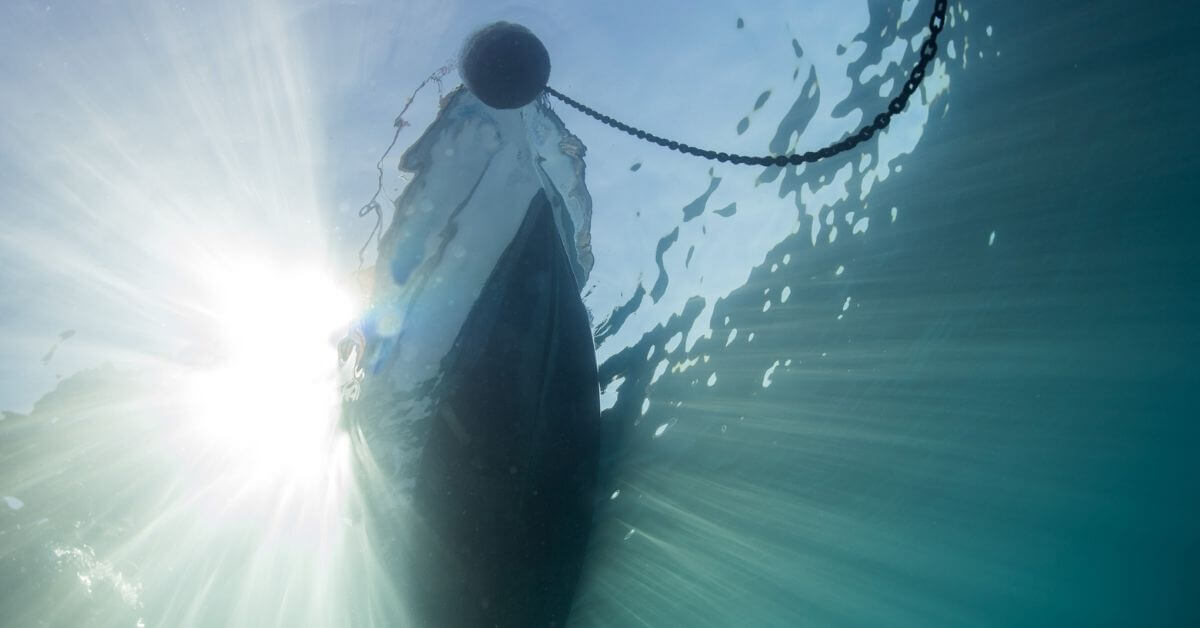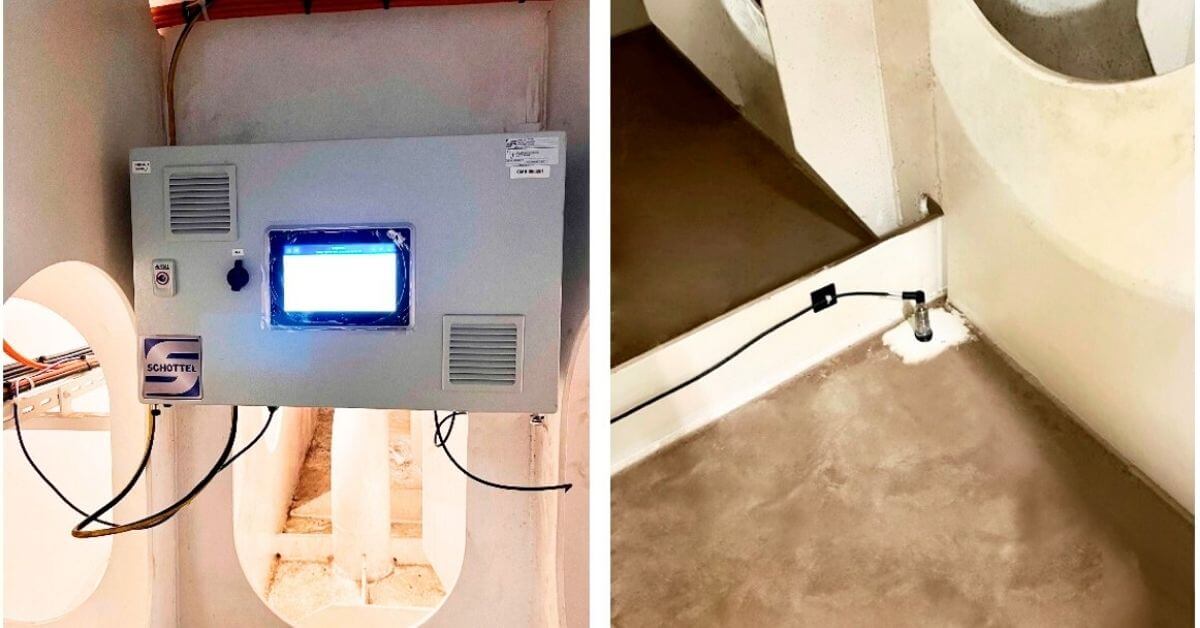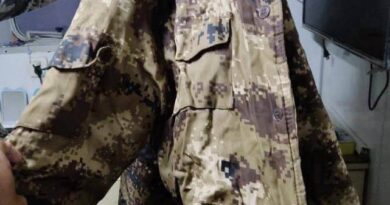IMO Explores Methods To Reduce Underwater Radiated Noise From Ships

The International Maritime is exploring future monitoring of Underwater Radiated Noise (URN) from ships, with the potential to establish thresholds and long-term monitoring requirements for certain regions.
The initiative aims to reduce the impact of ship-generated noise on marine life, which can disrupt communication, navigating and feeding behaviours in dolphins and whales.
The HyPNoS (Hydrodtnamic Propeller Noise Monitoring System) research project, led by propulsion specialist SCHOTTEL in collaboration with Transport Canada and BC Ferries, has made great progress in measuring and reducing URN.
The research was carried out in the waters off Vancouver, Canada, to create a real-time URN reporting system for crew and vessel operators to use onboard.

The research focused on developing a unique URN monitoring system using advanced machine learning technology.
The system aims to address the challenges of reducing ship speed, a common method of lowering URN, not always effectively reducing noise emissions.
The initiative was driven by the need to protect Southern Resident Killer Whales in the Strait of Georgia, an endangered whale species.
The researchers used a combination of hull vibration analysis, underwater noise measurements, and hydrophones to establish a quantitative correlation between hull vibrations and emitted noise.

This led to the creation of an algorithm capable of predicting URN based on factors such as propeller speed and pitch.
Tests on BC Ferries’ coastal-class vessels revealed that a noise-optimized propeller design, even with a slightly smaller diameter, could reduce URN by an average of 5 decibels.
The project also featured a calibrated live onboard URN monitoring system that provides operators with real-time input, allowing them to adjust operations and reduce noise during vessel operation.
Future developments include the ability to perform historical and fleet-wide evaluations through a cloud-based system, offering valuable data for authorities, organizations and the public.
Reference: Schotte




